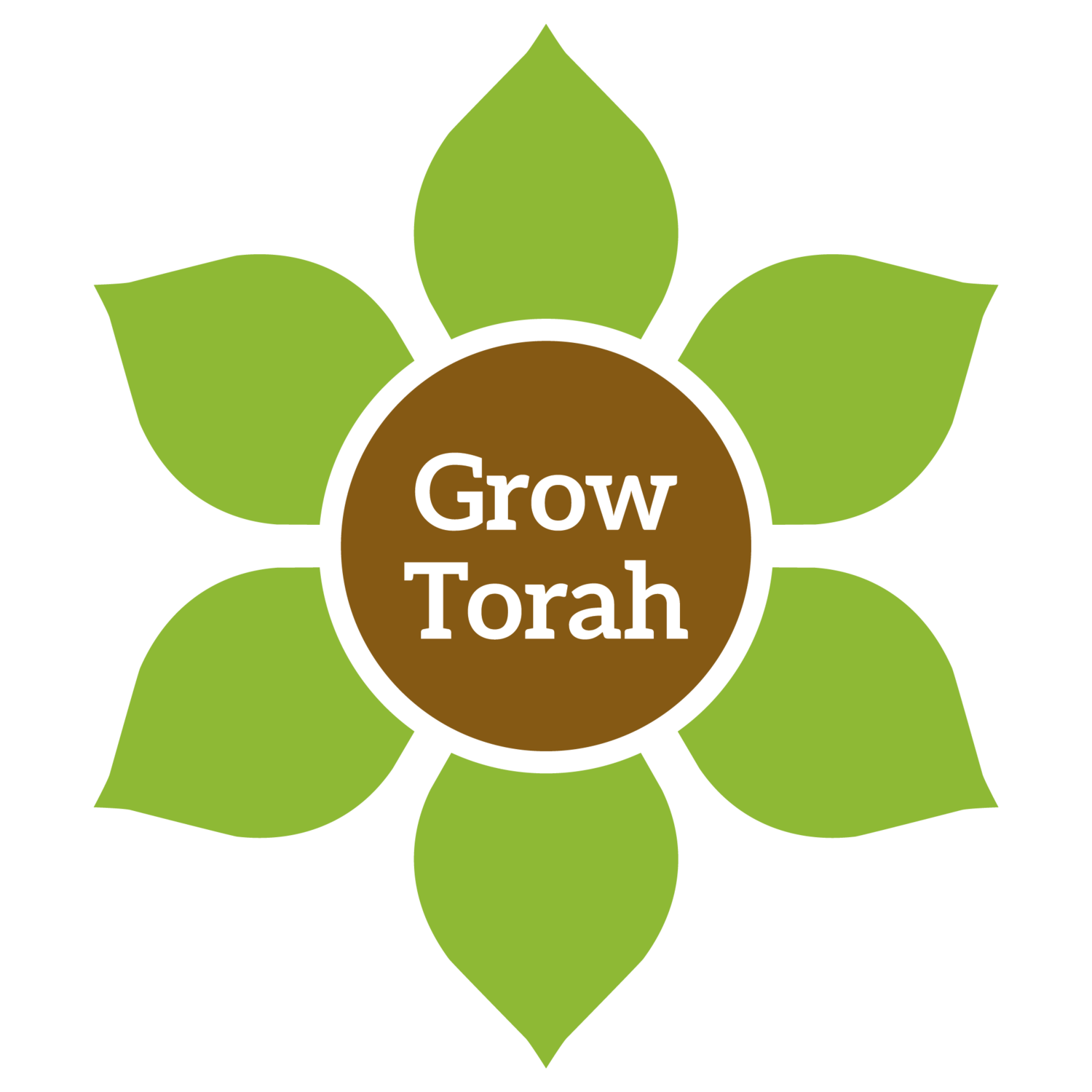Mattot-Massei: The Journey of a Lifetime
Original Author - Tuvia Aronson, updated Ruthie Davis. Edited July 2023 by Shoshi Ehrenreich.
The journeys of Bnei Yisrael through the desert serve as a paradigm for our connections with the various parts of the land upon which we tread. The early Torah commentators are puzzled by the seemingly extraneous words used to describe the 42 pit stops along the great hike in the wilderness. Rashbam explains that the journey is repeated so as to mention all the place names, [1] Rashi explains that each site is listed to give us a picture of how often Bnei Yisrael was traveling, [2] and Rambam suggests that the place names are necessary to strengthen the reality of the miracles Bnei Yisrael experienced in the desert. [3]
Looking carefully at the text, we note that the location names at the beginning of Parshat Massei are repeated upon arrival and departure. “…They encamped by the Sea of Reeds. They set out from the Sea of Reeds and encamped in the wilderness of Sin. They set out from the wilderness of Sin…” [4] Perhaps the inherent message is that when we encounter a particular place, our interactions with the land always leave a trace. Though the name stays the same, and though we may attempt to physically leave no trace [5], whether we like it or not, we have made an impact on the energy and history of each site we visit.
The same could be in reverse. The Degel Mahane Ephraim, the Rebbe of Sadilkov, cites the Baal Shem Tov’s teaching that the journeys of the desert reflect what actually happens to our souls on the journey through life. Just as the land is changed by our interaction with it, our souls are changed by our interaction with the world. Just as we leave our impact on the Earth, what happens to the Earth is mirrored in our souls. [6]
Human impact on the land, and on the places that we pass through, is very apparent in our world. Often this impact is very negative—we can point to so many forms of environmental damage, from coral reef bleaching, to the accumulation of waste, to soil erosion and land degradation. [7] The journey and impact of Bnei Yisrael on the desert, and the desert on Bnei Yisrael, are not purely positive. The Golden Calf, the spies, the complaints about water and meat, all happen in the desert. They are all negative, even destructive events for Bnei Yisrael. These events are reflected in the memory of the places they visit, and sometimes even reflected in their names such as Kivrot Hataavah, the Graves of Lust.
But each stop is necessary on their journey to Eretz Yisrael, and in bringing B'nei Yisrael fully as a nation into their relationship with Hashem. Our negative impact on the environment is critical to understand and address, but we also have the potential for so much more in our relationship with the environment. Our journeys are opportunities to engage with the place on Earth where we find ourselves—to perceive the holiness in the “land of our souls.”
Suggested Action Item:
The next time you travel somewhere, whether to a new city, or the supermarket you visit every week, take a few minutes at the beginning of your journey to take stock of your surroundings and yourself. Try to learn a bit of the history of the place – what impact have humans had on it? Do the same when you leave, noting if there is anything different about the place or yourself.
Notes:
[1] Rashbam on Bamidbar 33:1
[q2] Rashi on Bamidbar 33:1
[3] Rambam on Bamidbar 33:1
[4] Bamidbar 33:101-12
[5] The seven principles of “Leave No Trace” can be found here.
[6] Degel Machaneh Ephraim on Masei
[7] On coral reef bleaching, see here. On waste, see a resource page on landfills here. On soil erosion, see here.
